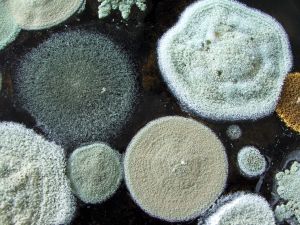Heat stroke is a severe form of heat exhaustion that can result in seizures, coma and death if it goes untreated. Technically a type of hypothermia, heat exhaustion is characterized by an exceedingly high body temperature that either causes or is accompanied by other physical and neurological symptoms. If you find that you or someone you care about is suffering from any of the following 10 signs and symptoms of heat stroke, please seek medical attention immediately.
10 Signs and Symptoms of Heat Stroke
Each person who suffers from heat stroke will experience it differently depending upon a myriad of factors specific to their circumstance. The top 10 most common signs and symptoms of heat stroke include:
1. Abnormally high body temperature
2. Disorientation and general confusion
3. Hallucinations (usually visual but sometimes aural as well)
4. Speeding pulse/ heartbeat
5. Uncharacteristic behavior and treatment of self and others
6. Agitation or irritation
7. Having a hard time breathing
8. Red or flushed dry skin (no sweating)
9. Seizure
10. Coma
Someone suffering from heat stroke will not be acting like herself. She may be highly irritable or unsure of where she is or what she’s doing. She won’t be sweating, however, and she will likely be having a hard time breathing and perhaps speaking.
Treat the Signs and Symptoms of Heat Stroke
If you or someone you love is exhibiting the signs and symptoms of heat stroke, then medical treatment is an absolute necessity in order to avoid permanent damage to the organ systems.
The first order of business: call 911. Your 911 operator will likely keep you on the phone and instruct you how you can best help them, but your focus should be lowering their body temperature.
To do this, get the person suffering from heat stroke into the shade, remove excess layers of clothing, fan them to get them to start sweating, apply cool or lukewarm water directly to their skin and put ice packs under their armpits. To determine whether or not your efforts are having any effect, you can monitor their body’s temperature with a thermometer. Your goal is to get them below 102 degrees at least.
Prevent the Signs and Symptoms of Heat Stroke
The best way to treat the signs and symptoms of heat stroke is to prevent them from happening at all. You can do this by drinking lots of water (no soda, caffeine, alcohol or tea) and staying hydrated in hot weather as well as avoiding spending lots of time in the sun or in unventilated, hot rooms. If you’re playing sports outside, hydration and frequent breaks become even more important. You may choose to avoid it completely and work out inside or wait for the weather to break.
Sources
MedicineNet: Heat Stroke
First Aid for Heat Stroke
Heat Exhaustion First Aid


